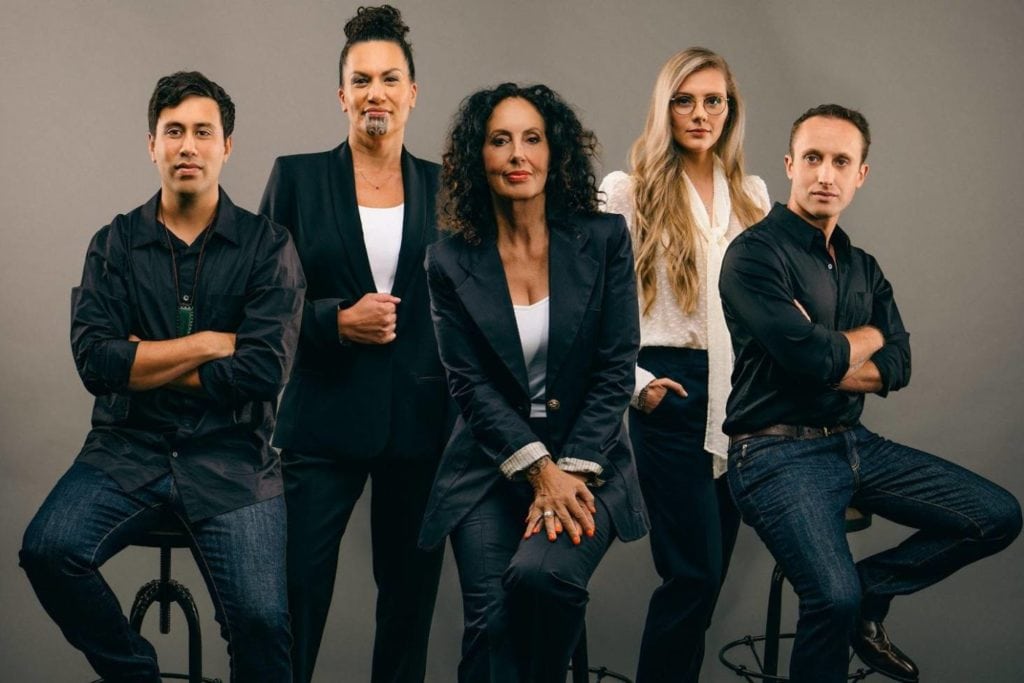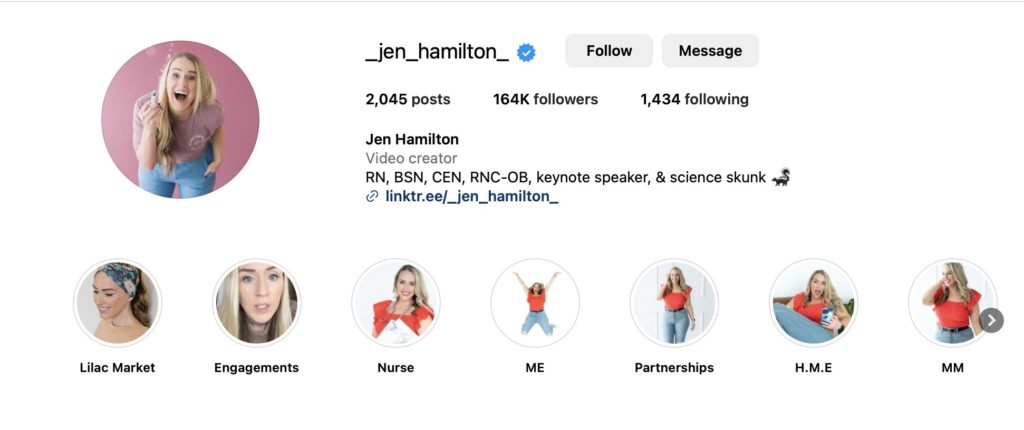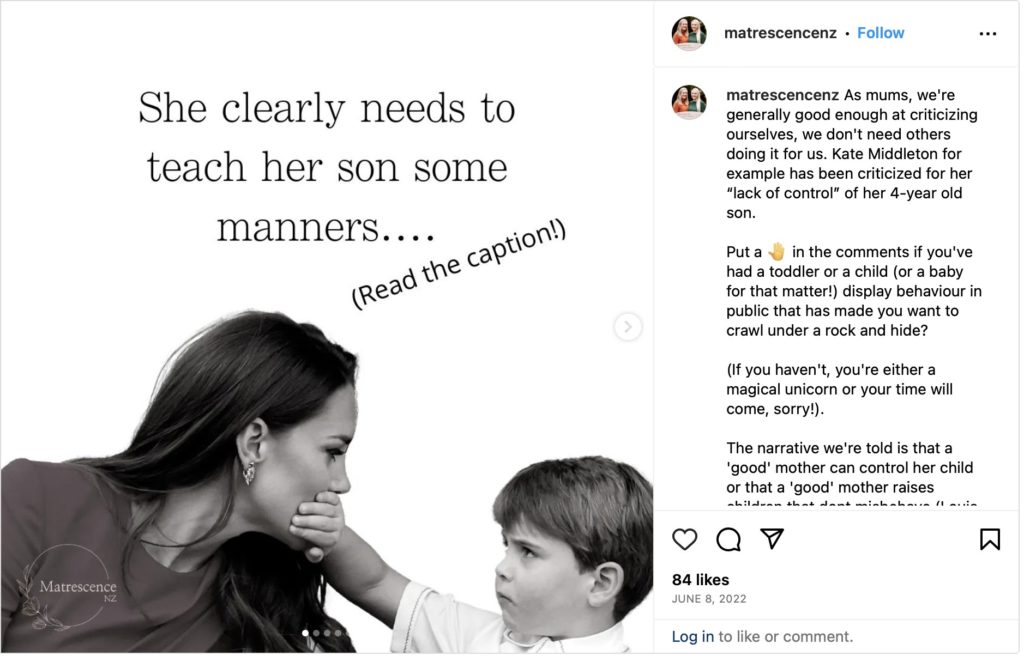
By Kristine Aitchison
Author & Content Specialist
Marketing is about exchange. In a general sense, commercial marketing is straightforward. For example, I will give you $2 and you will give me a chocolate bar. However, marketing for behavioural change is a more complex task. How do you convince someone that if they exercise for 30 minutes a day, they will reduce their chance of a heart attack? In this article, we look at how digital marketing technology can be used for social change.
Build a community

Building a sense of community and connection is a far stronger driver of pro-social change than education. Ekant Veer, a Professor of Marketing at the University of Canterbury, has worked with several social enterprises. He provides strategic advice on digital marketing best practices and says that education is a small percentage of behaviour change. So having a website is useful, but when it comes to tools that help people connect, social media is far more powerful.
The “reason people take medical advice from a TikToker,” Ekant Veer says, “is because they’re not taking medical advice, they’re trusting someone.” People prefer to take advice from someone who looks like them, and talks like them. Someone they can trust and connect with. This is true for health situations and political situations too.
Te Ao with Moana uses established content to talk about difficult political issues and give a tea o Māori perspective.
Be social
With social media, there’s a simple formula, and that is ‘to be social’. Ekant says that too many not-for-profits get on social media and say, “This is what you’re doing wrong and this is what you need to be doing!” However, if you build a connection with people and become a part of their community, you will have far more success in getting your message out there. This is how influencers do it. They build a community around a topic, create a connection, and from there, they can influence.
Jen is a labour and delivery nurse. She built her following by being funny and talking about babies and newborn health, and now she uses her social media platforms to dispel myths about antenatal care.
Focus on your audience’s needs
Ekant worked alongside the Canterbury District Health Board on the All Right? wellbeing campaign. One way they built their following was to focus on sharing content that the audience cared about. For example, they would share other organisations’ content, as long as it fit within the kaupapa of the campaign and what they were trying to achieve.
The aim of the campaign was to become a sharing hub of knowledge. This meant that when they shared content from the All Right? campaign it would get caught up in the same social media algorithm. He says, it is natural for us to use our personal accounts to share relevant content, but many organisations just talk about themselves and therefore, risk becoming just another advertisement. By sharing content your audience can relate to, you can build a following through connection, which helps escalate your posts in the algorithm.
Respond to trends
He recommends responding to whatever’s trending approximately 20% of the time. Why? Because “if you feel like you can contribute to the korero, and build some part of your organisation into the discussion, the algorithm will pick that up.”
For example, Matrescence NZ, antenatal experts in Christchurch, shared a post about Prince Louie shushing his mom, Kate Middleton. There was talk at the time about how Kate should have dealt with it. So, the team from Matrescene NZ weighed in with a post that normalised Louie’s behaviour. Their following blew up overnight.
The power of social media
But what about the hard topics like addiction and mental health? New Zealanders prefer to hear success stories rather than the victim stories. He says it may be helpful to use your ‘experts’, but only if they represent the community you’re trying to reach.
Because of the level of stigma attached to mental health, with the All Right? campaign people weren’t necessarily liking, commenting, or engaging with their content. However, thanks to social media, they could measure the number of people who clicked on and read an article, and so used that data to assess engagement. And that’s a testament to the power of social media.
Written by Kristine Aitchison: Guest Writer & Content Specialist
Kristine is an experienced content writer, specialising in marketing and communications. Showcase your expertise with regular blog content. Visit morethanmerewords.nz.






